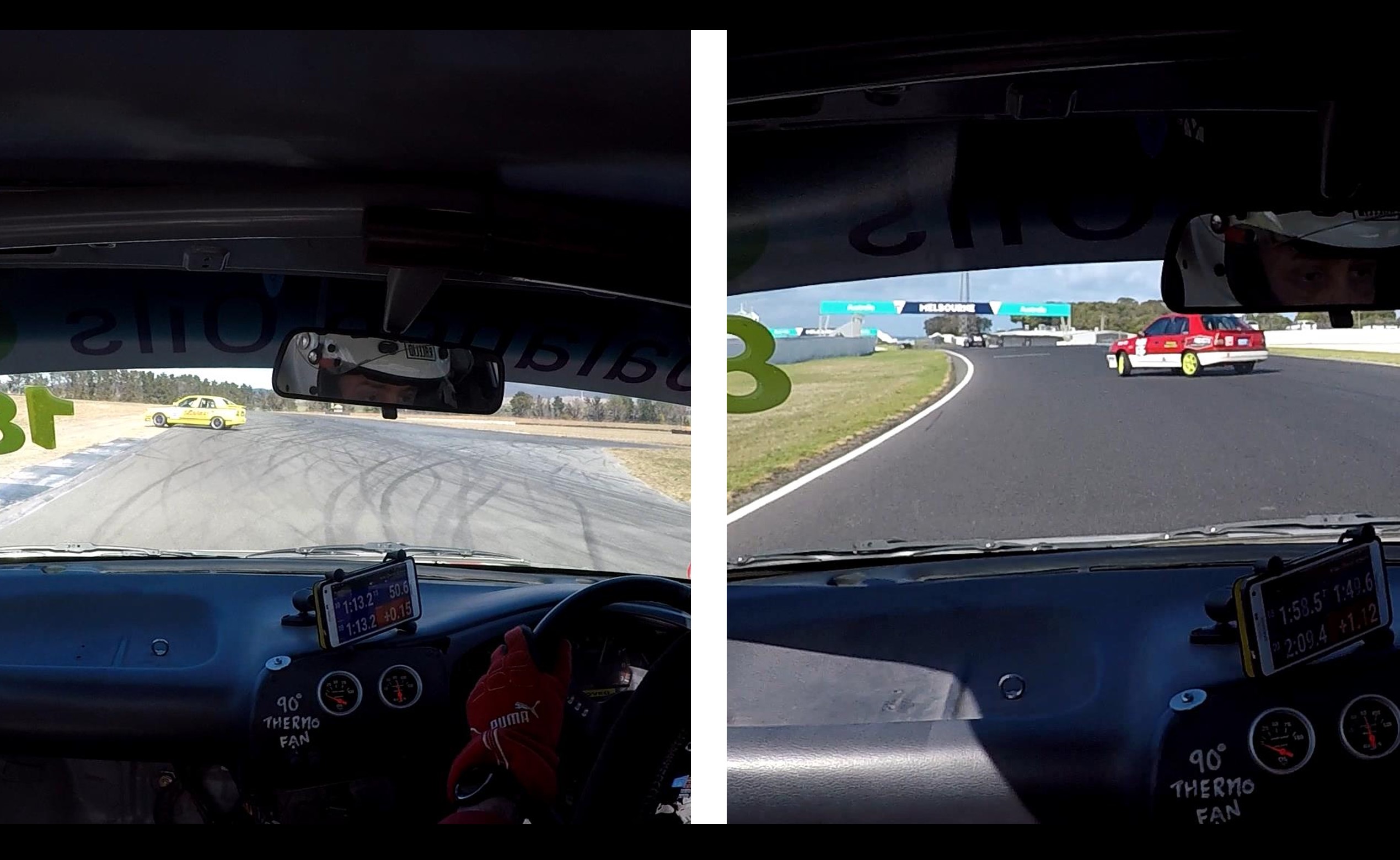
The Responsibility of 4×4 Influencers
Ever wondered how cavemen learned?
It was by watching someone do something and then replicating that action. That’s the way humans have always learned, how skills were handed down from generation to generation.
The watch-learn mechanism in your brain is also exactly why advertising is effective. Even showing you the logo of an advertiser places a link in your brain between the advertiser and a situation, for example beer and a good time at a party. That’s why companies pay so much to put display logos at sporting events.
The watch-learn system means that when you watch a YouTube video of someone operating a 4×4 you are influenced by what you see. Even if you think you’re not influenced, even if you consciously think “yeah but nah”. You can go read the materials on psychology and advertising if you don’t believe me.
We also know that 4×4 operation is potentially deadly. We’re talking vehicles that can move fast weighing 3000-4000kg. Plenty of lethal force there, and that’s before we get to lesser risks like being bogged remotely and wasting money on poor choices.
Put all that together, and we arrive at this truth; 4×4 YouTubers influence how their audience operates vehicles, and those vehicles have potentially lethal force.
Simply put, YouTubers can make the difference between safe operation, and unsafe operation, potentially even life and death.
Now hold on a minute I hear you say. It’s not that simple.
You’re right. The link isn’t likely to be as direct as “Joe saw X in one video, did X, and Joe died” although that is certainly possible. It’s much more likely to be subtle. For example, people standing too close to a kinetic recovery. Not digging out before winching. Using excess speed and bouncing over rocks. Generally being careless, not taking 4×4 recovery seriously…all this forms an overall impression of how things are done. Remember, most communication is done by body language, not by words. All that content creates a mindset. Not for nothing do safety experts talk about culture, and if you read air crash investigations, often the culture was such that minor transgressions and risk-taking were tolerated, leading up to the point where someone went too far too often.
Content creators don’t get to duck their responsibility by saying there’s no direct link between their actions and people getting injured, or worse.
So, assuming the YouTuber cares about their influence, what can they do? Here’s my suggestion:
Exemplify, Explain, Disclaim – EED.
- Exemplify – do the right thing, or at least not the wrong thing.
- Explain – say why you’re doing something, or maybe why you’re *not* doing something.
- Disclaim – when appropriate, provide context e.g. “this isn’t ideal but we’re doing it because”.
Now you don’t need to turn everything into a three-hour lecture on techniques. That’s not the point. Here’s the rule:
If it can be done in accordance with Exemplify, Explain, Disclaim and doesn’t detract from the humour, entertainment, point of whatever you’re doing…then Do it Right.
Ultimately of course, this stuff is a judgement call, as what is “right” ? Where is that elusive line between education and entertainment? There’s always shades of grey.
Here’s some ways to determine what’s “right”:
- Peer reviews. Ask 3-4 people whose expertise you trust, and ask them to be critical from a safety perspective. It’s amazing what you miss.
- Specialist books, websites and magazines. The great strength of YouTube is that anyone can publish anything. The great weakness of YouTube is that anyone can publish anything. I’ve seen a lot of ‘wrong’ on YouTube, but very little in specialist books, websites and magazines. Please note ‘specialist’ – there’s some terrible advice on the web from tyre retailers, generalist car journalists and the like. If you must use YouTube, then look at channels which focus on explaining and demonstrating rather than entertainment and travel channels.
- Specialist 4×4 trainers. Again, specialists who do recreational training, lead trips etc – not general purpose trainers who do a bit of 4×4 on the side to tick competency boxes.
What about yourself? You need more than just your own knowledge, everyone does, even the world’s top researchers use peer reviews so don’t get ahead of yourself.
Conversely, many 4×4 YouTubers have a lot of experience, and it can be hard to remember that things which seem obvious to an expert aren’t to a newcomer. This comes back to ‘Exemplify’ and ‘Explain’.
Everyone who creates any form of content that involves 4x4s which can generate potentially lethal force should think about what they’re showing, how and why.


